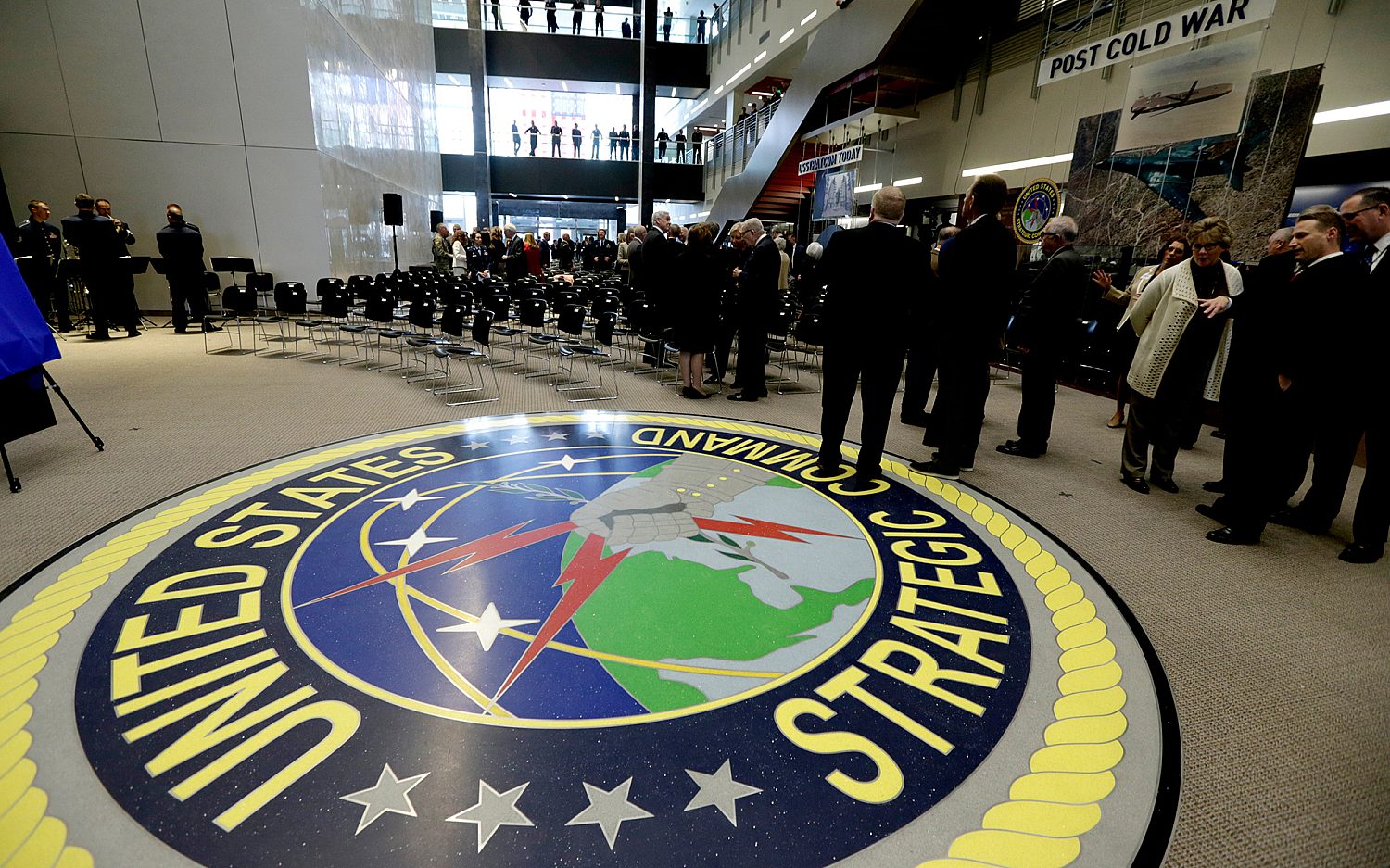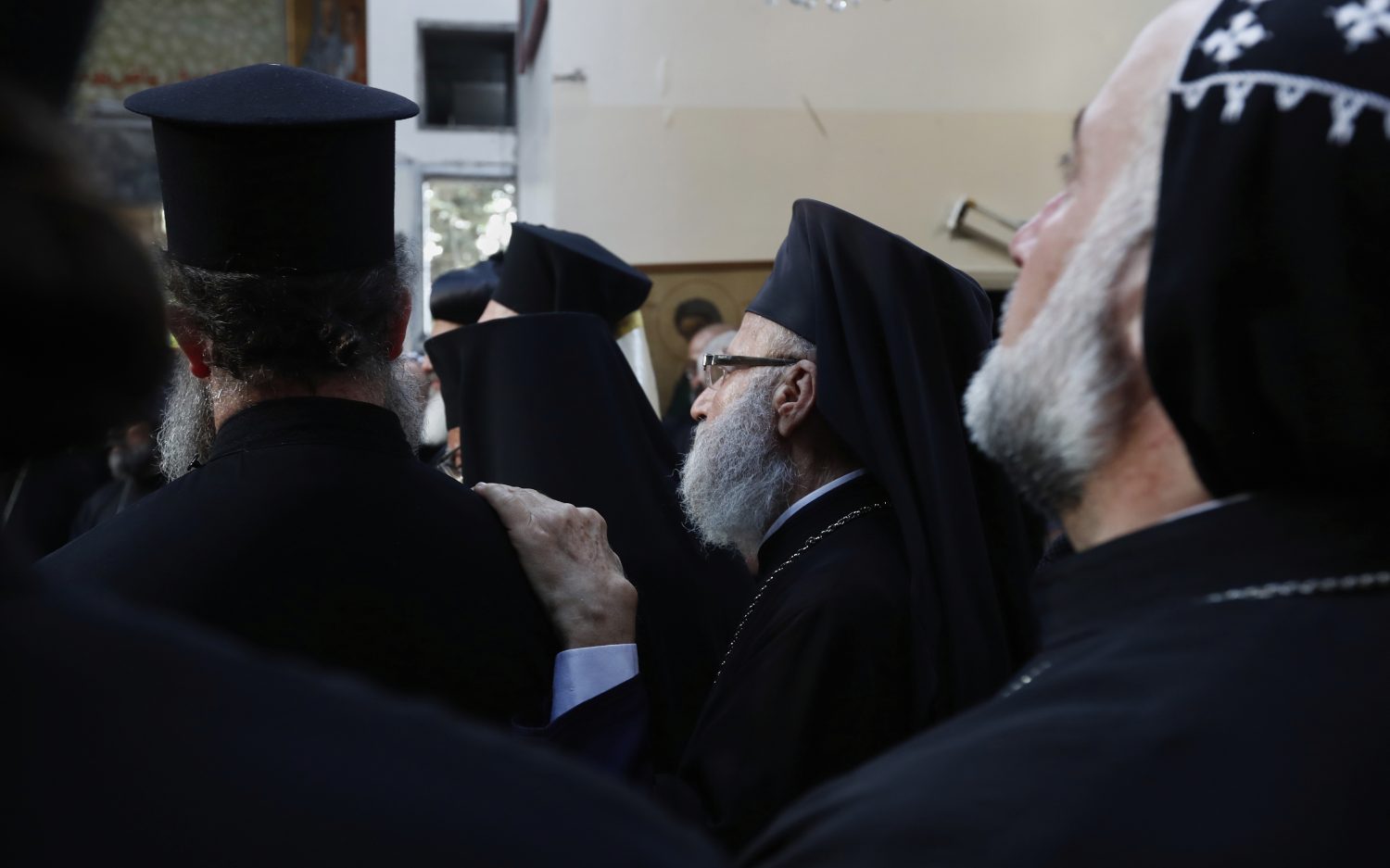Faithful leadership in Indiana
With Mike Pence succeeding Mitch Daniels in the governor’s mansion, Christian conservatism is alive and well in the Hoosier State
INDIANAPOLIS—The Christian conservative movement may be dwindling in other parts of the country, but in Indiana politics it has matured into a dominant influence in state government. The handoff from Gov. Mitch Daniels to his successor, former U.S. Rep. Mike Pence, on Monday illustrates the trend.
Pence is more vocal than Daniels about his personal faith in Jesus Christ and has been a favorite of Tea Party conservatives for his fiscal conservatism during his time in the U.S. House of Representatives.
Daniels shares the same faith in Christ as Pence but has a more Presbyterian reticence in how he expresses his commitment. And during his years in the governor’s mansion, Daniels has come across as more of a fiscal conservative than a social one.
Together the two Republican politicians provide an intriguing opportunity to compare and contrast how Christians carry their faith into the public arena.
For Indiana Republicans, Daniels has been the state’s strongest governor since Oliver P. Morton, who served during the Civil War. Facing a big deficit when he took office in 2005, Daniels moved quickly to cut spending and balance the budget. He leased the state toll road, unleashing $2.5 billion worth of road and highway improvements that his predecessors had drawn up on paper but never could figure out how to finance. He got the General Assembly to put the state on daylight savings time—a big deal that had divided the state for years. He shortened the waiting time at Bureau of Motor Vehicle license branch facilities.
The big and small stuff added up, and Daniels won a second term in 2008, even as Barack Obama became the first Democrat to carry the state in a presidential election since the Lyndon Johnson landslide of 1964.
In his second term, Daniels pushed through the state’s biggest education changes in history: more charter schools, private school scholarships for poor children to escape public schools, and merit pay for teachers. His fiscal conservatism came in handy during the recession, as the state suffered less than neighbors such as Michigan, Illinois, and Ohio.
Like former President Ronald Reagan, Daniels had lots of liberal critics, but even some of his critics came to appreciate parts of his second-term record. He’s leaving the state with a AAA credit rating and a $1 billion surplus.
Daniels’ emphasis on the economy tended to obscure a solid record as a social conservative. Quiet about how his faith drives him, he prefers Bible passages such as James 1:22, to be a doer of a Word rather than a talker about it. Before he was governor, Daniels helped start an inner-city private school in Indianapolis, Oaks Academy, with a remarkable 50-50 racial balance mixed with classical and Christian emphases. Daniels is a no-nonsense manager and doesn’t cry for the cameras the way former President Bill Clinton could. But he could break down emotionally in speaking to smaller audiences about the faith side of this educational endeavor, remembering the prayer meetings late at night when the school was about to run out of money in its early years. Oaks Academy also became an anchor in a neighborhood transformation of what had been one of the worst crime sections of the city. It also indirectly laid the groundwork for education reform in the state, by showing how high expectations could lead to better education in a low-income part of town.
Daniels also gave eloquent speeches about the crying need for each child to have a father and mother staying committed to each other, for the sake of the children. He had practiced what he preached, both in deepening his faith in Christ and reuniting with his wife, Cheri, after a divorce in the 1990s.
Yet, in contrast to Pence, Daniels was never a big favorite of Christian conservative groups in Indiana or nationally. He once called for a truce on social issues debate, trying to make the point that a nation that literally runs out of cash cannot pay for military defense or anything else. Economists explaining dismal truths are seldom popular.
Even so, for a time in 2011 Daniels could have jumped into the GOP presidential race and perhaps could have offered a stronger challenge to Barack Obama than Mitt Romney. Instead he’ll be president of Purdue University in West Lafayette, Ind., and try his reform-minded hand on higher education.
His successor in the governor’s mansion doesn’t have the same hard-nosed managerial style. Like Daniels, Pence was a conservative presidential hope in 2011, but his advisers realized he should seek executive branch experience rather than try to be the first person to go from the U.S. House of Representatives to the White House since James Garfield in 1881.
Pence talks about taking the state from good to great. A former radio talk show host, he’s more of a cheerleader than Daniels. He’s been a favorite among Christian conservatives in Indiana and nationally. His family is a part of the nondenominational Community Church of Greenwood, Ind., whereas Daniels has been a long-time member of Tabernacle Presbyterian Church, with its history of inner-city mission in Indianapolis.
What’s surprising is how two Christian conservatives, of different styles but very similar views of the world, have come to dominate Indiana in recent years, even as Barack Obama worked his electioneering magic on the state in 2008 over John McCain.
Timing may be a factor. Daniels was an influential behind-the-scenes political player for 30 years in Indiana circles. When he decided to run for governor in 2004 and try to end 16 years of Democratic dominance of the governor’s mansion, other potential GOP rivals stepped out of his way. Daniels never identified himself as a conservative-movement candidate in the first place, and he wasn’t especially public about his faith. But he had keen grasp of market economics and he applied it at the state level with unusual success.
Pence, 53, a decade younger than Daniels, 63, had run for the U.S. House in 1988 and 1990, losing both times. He put his Christian faith to work in the aftermath, repenting publicly of negative campaigning and befriending Democrats as he spent the 1990s in the political wilderness of Indiana talk radio. Coming back into politics in a 2000 race for the House, he quickly became a leader of conservatives in Congress and helped them enlarge their numbers and influence until he ran for governor.
The Religious Right movement may not be so much dead or dwindling as it is evolving in states such as Indiana. Politically, the movement is not only strong in the governor’s office, but also in Indiana’s General Assembly, with a number of younger Christian conservatives working their way into leadership positions.
The era of top-down national leadership of a Pat Robertson or a James Dobson has faded. But a voter hunger for leaders of faith and limited government is still available for the harvest by competent candidates like Daniels and Pence.
An actual newsletter worth subscribing to instead of just a collection of links. —Adam
Sign up to receive The Sift email newsletter each weekday morning for the latest headlines from WORLD’s breaking news team.





Please wait while we load the latest comments...
Comments
Please register, subscribe, or log in to comment on this article.